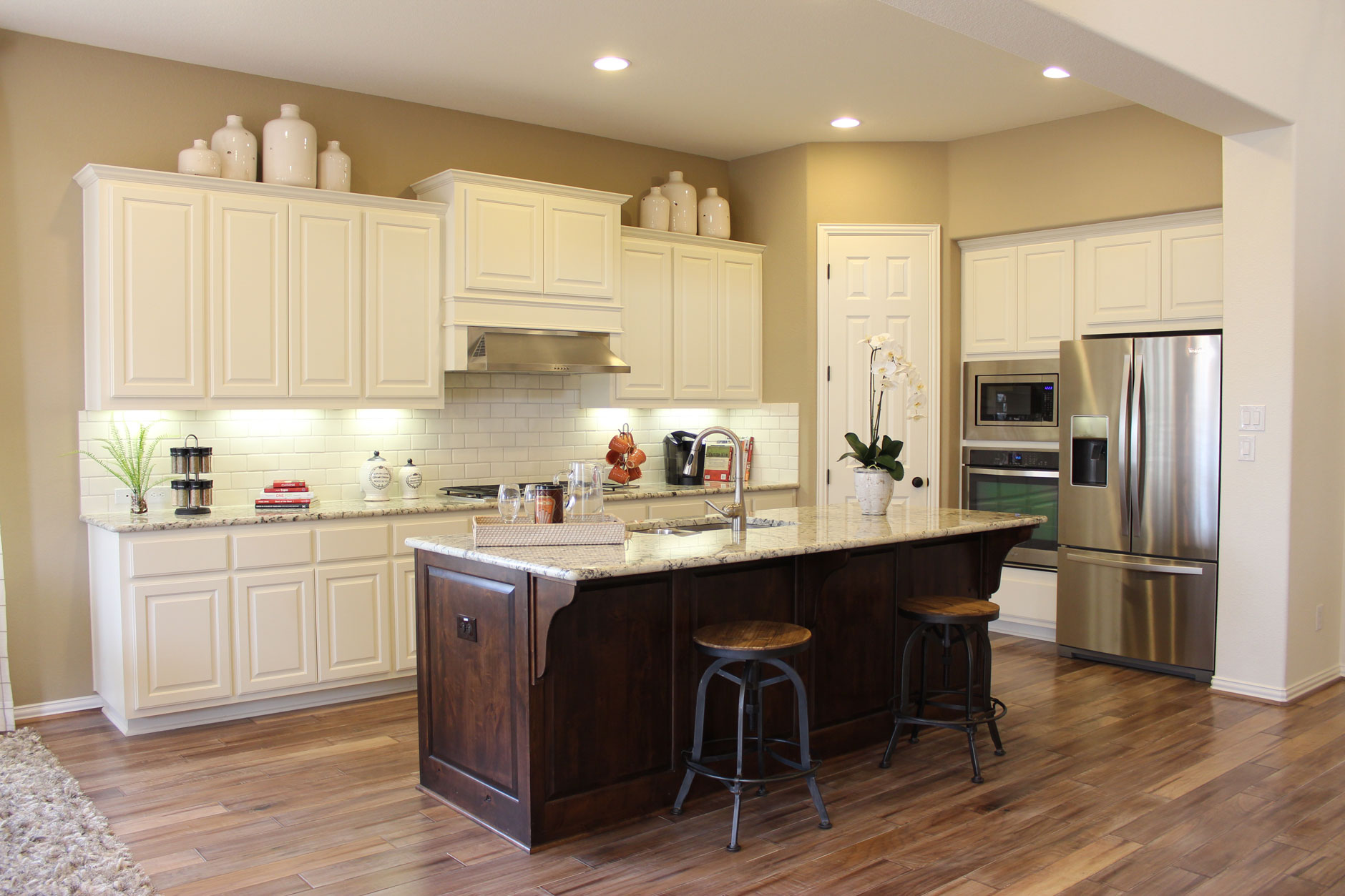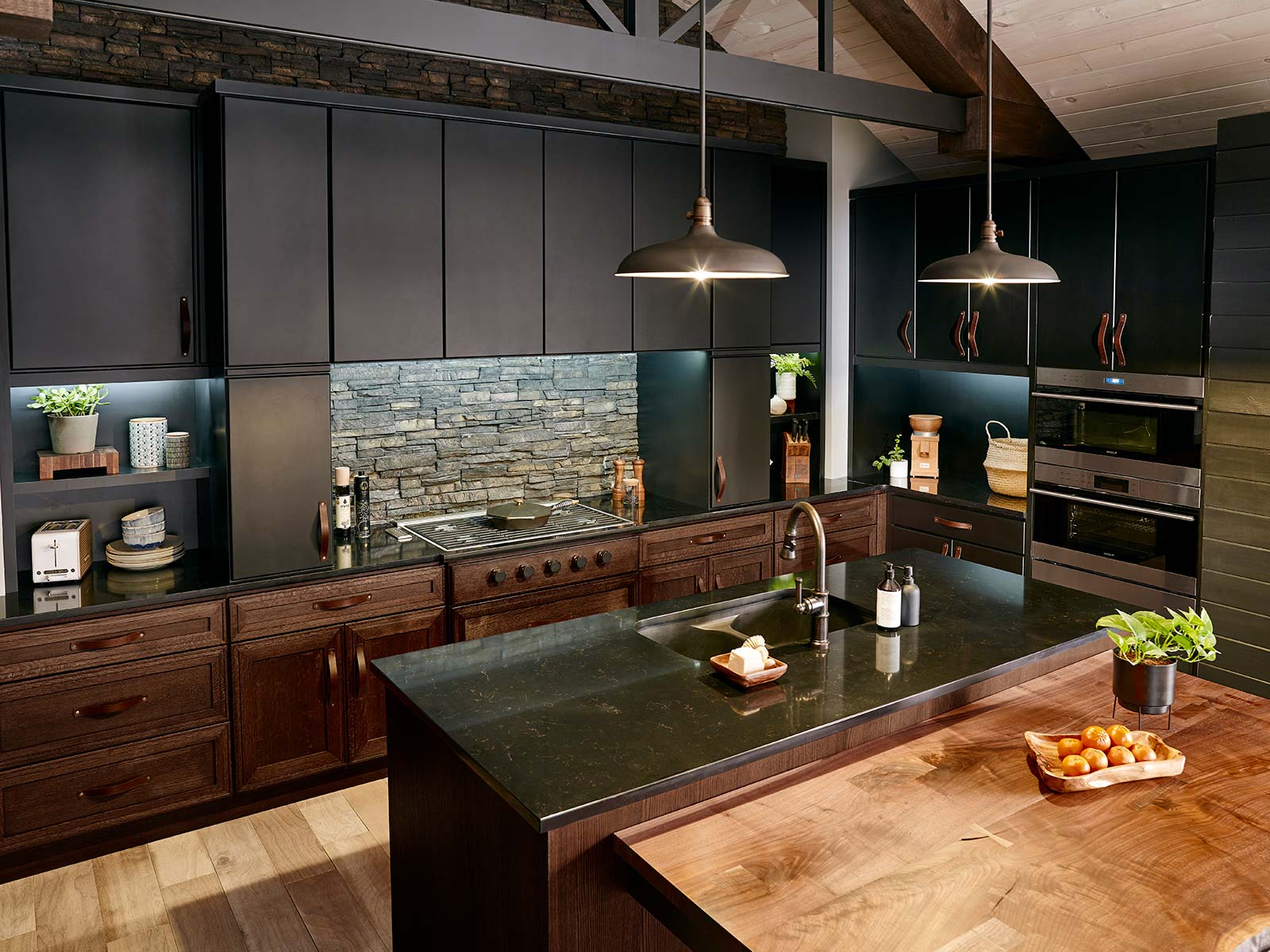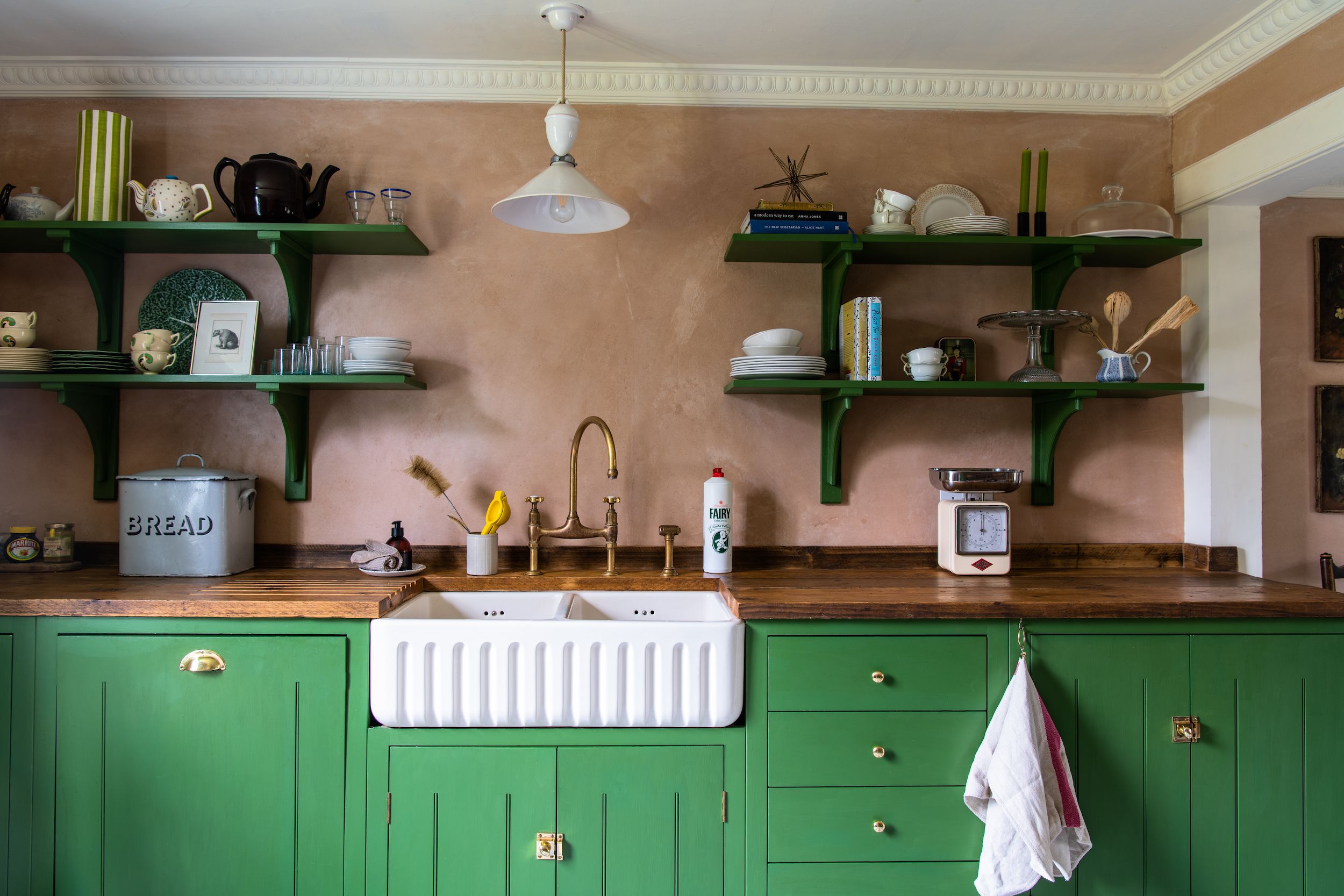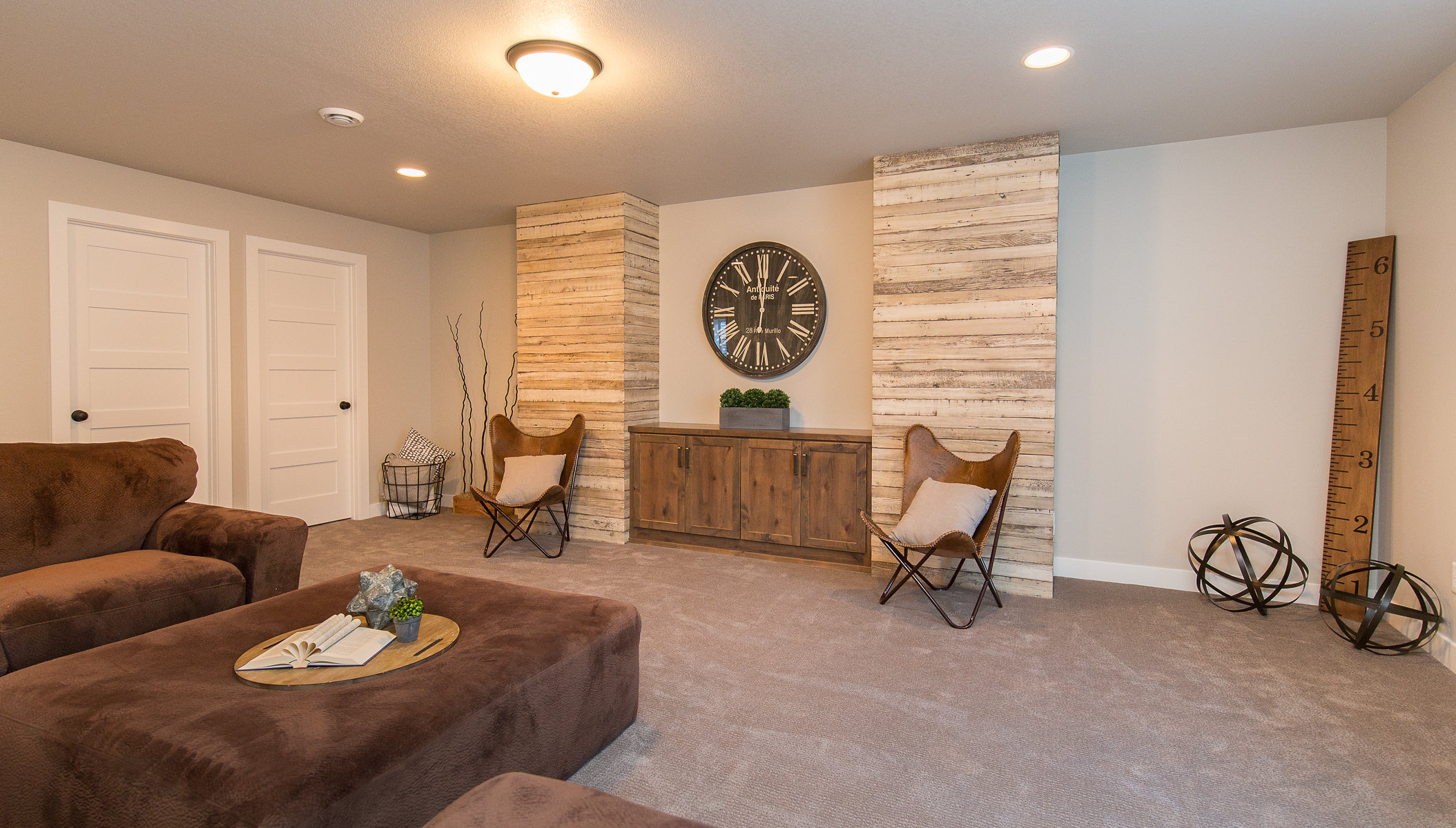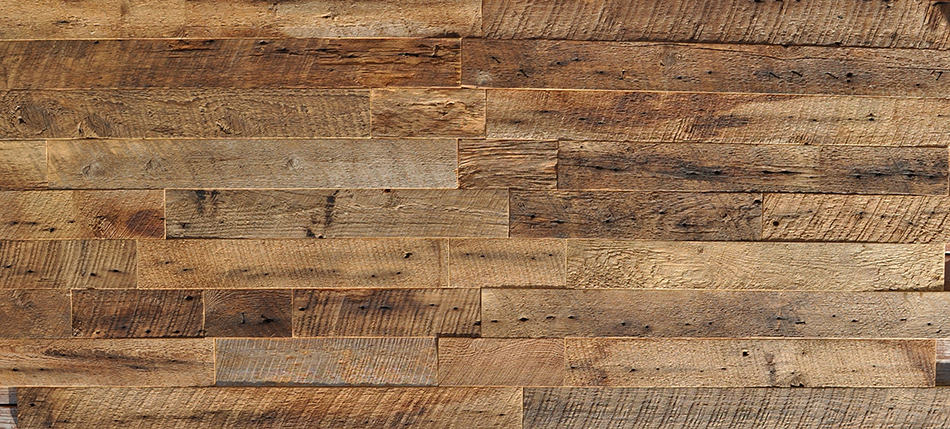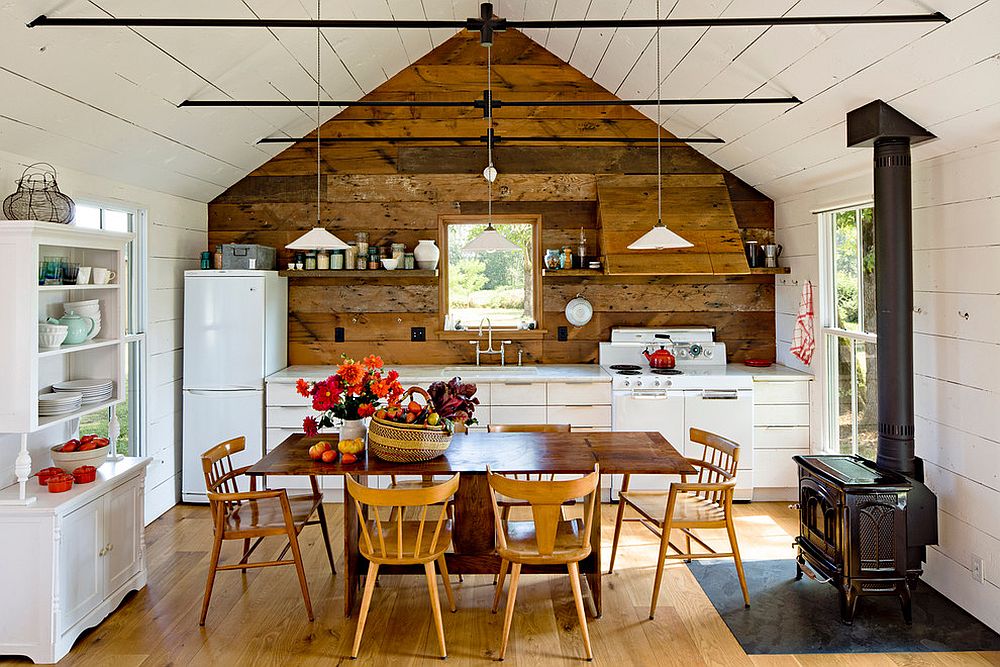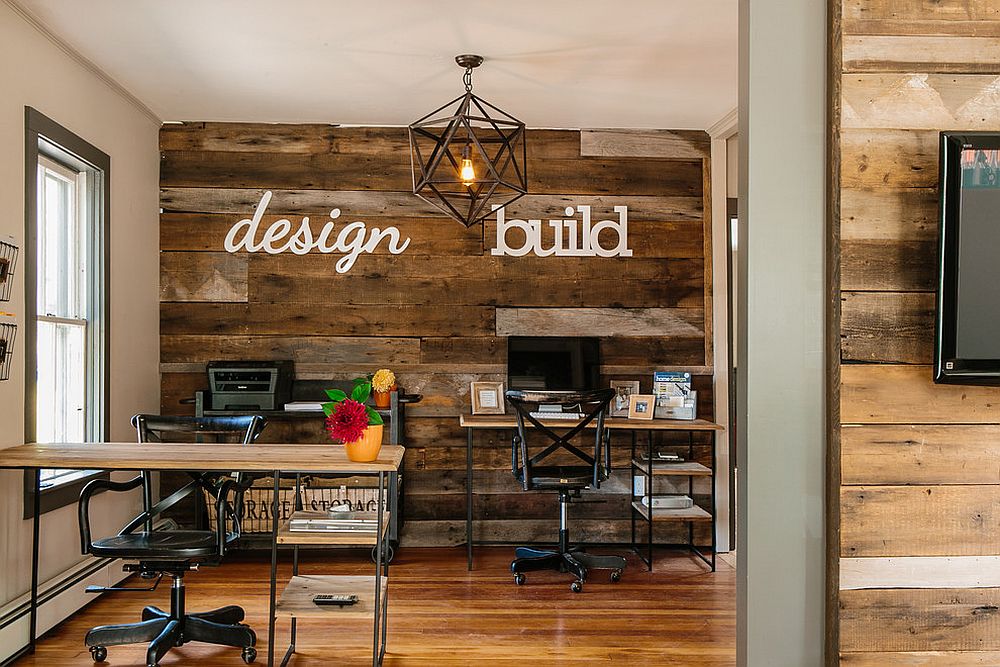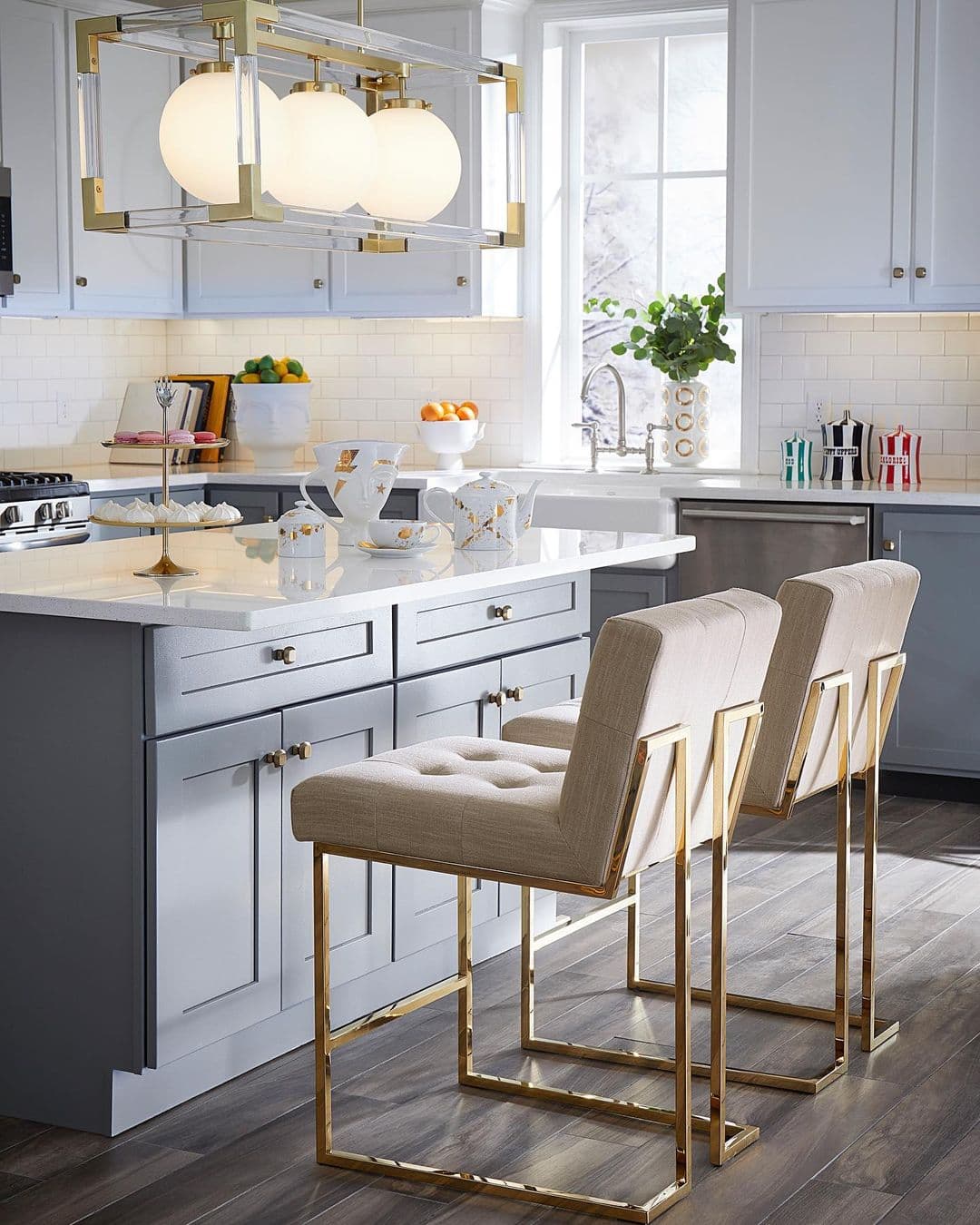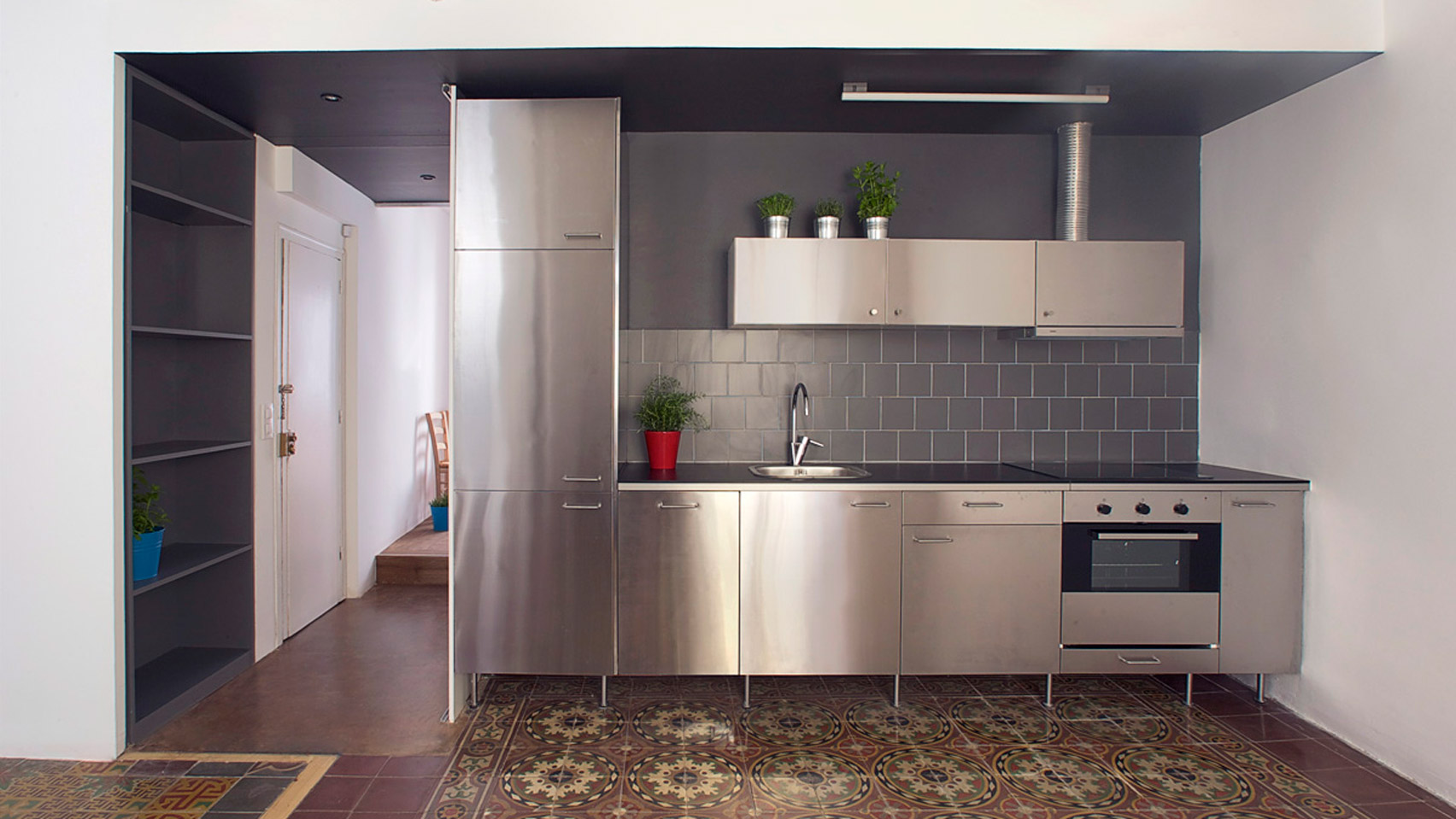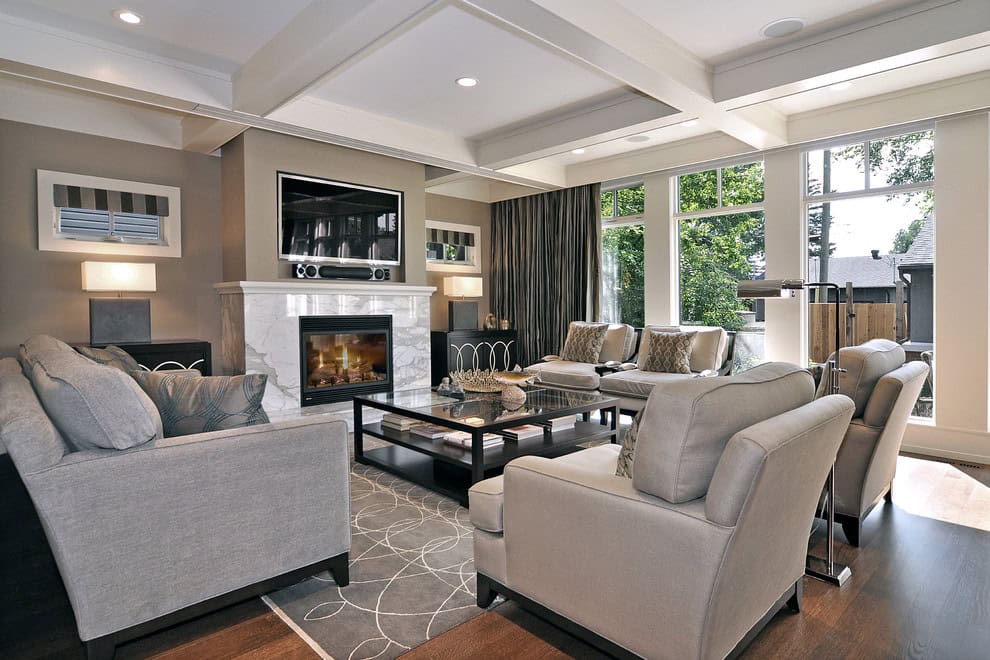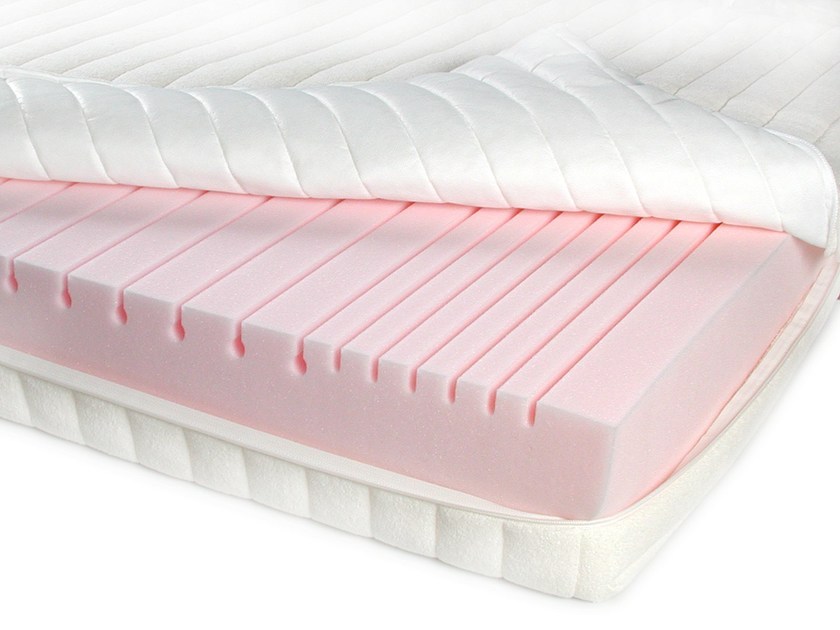The use of wood in kitchen design has been a popular choice for many years. It adds warmth, texture, and a natural element to the space. However, using just one type of wood can sometimes feel limiting and one-dimensional. That's where mixing different types of wood comes in. By incorporating a variety of wood tones and finishes, you can create a more dynamic and visually interesting kitchen design. When mixing different types of wood, it's essential to have a cohesive color palette. This means choosing wood tones that complement each other, rather than clash. For example, if you have dark wood cabinets, consider pairing them with a lighter wood floor or countertop. This contrast will create a balance and prevent the space from feeling too heavy.1. Mixing Different Types of Wood in Kitchen Design
One way to mix wood tones in your kitchen is by incorporating different types of wood in your cabinetry. For example, you could have upper cabinets in a light wood and lower cabinets in a darker wood. This creates a visual separation between the two and adds depth to the space. Another option is to have a kitchen island made of a different type of wood than the rest of the cabinets. This can be a great focal point and add interest to the design. Another way to mix wood tones is by incorporating them in your kitchen accessories and decor. This could include wooden cutting boards, utensils, or even a wooden fruit bowl. These small touches add a natural element and can tie together different wood tones used in the space.2. How to Incorporate Multiple Wood Tones in Your Kitchen
Along with different wood types, mixing wood finishes can also add depth and dimension to your kitchen design. A popular trend is using a mix of both matte and glossy finishes. For example, you could have matte wood cabinets and a glossy wood countertop. The contrast between the two finishes creates a modern and sophisticated look. You can also mix different textures of wood in your kitchen design. For instance, pairing a smooth, polished wood with a rougher, more distressed wood can add a unique and eclectic touch to the space. Just be sure to keep the color palette cohesive to avoid a busy or chaotic look.3. The Art of Mixing Wood Finishes in Kitchen Design
When choosing which wood species to mix in your kitchen design, consider the overall style and feel you want to achieve. For a more rustic look, incorporating knotty pine or distressed oak can add a charming and cozy feel. For a more modern and sleek look, consider using a darker, smoother wood like walnut or mahogany. It's also essential to consider the durability and maintenance of each wood species. Some types of wood are more prone to scratches and dents, so be sure to do your research and choose a wood that fits your lifestyle and needs.4. Tips for Successfully Mixing Wood Species in Your Kitchen
If you're hesitant about mixing wood tones, a great place to start is with your cabinetry. By using different wood species in your cabinets, you can create a cohesive and unified look in your kitchen. For example, you could have all your upper cabinets in one type of wood and all your lower cabinets in another. This creates a natural separation between the two and adds visual interest. To tie the look together, consider using the same hardware and drawer pulls for all the cabinets. This will create a cohesive and polished look, even with different wood species.5. Creating a Cohesive Look with Mixed Wood Cabinets in the Kitchen
When it comes to mixing wood in kitchen design, there are a few dos and don'ts to keep in mind. DO mix different wood tones and finishes to add depth and interest to your design. DO choose a cohesive color palette to avoid a busy or chaotic look. DO consider the overall style and feel you want to achieve. DON'T mix too many wood species, as this can make the space feel overwhelming. DON'T forget to consider durability and maintenance when choosing wood species.6. The Dos and Don'ts of Mixing Wood in Kitchen Design
Another way to mix wood in your kitchen design is by using contrasting wood colors. This can create a bold and dramatic look, especially in a more modern or contemporary kitchen. For example, you could have a dark wood floor paired with light wood cabinets. This contrast adds depth to the space and creates a statement. When using contrasting wood colors, it's essential to have a neutral backdrop for the rest of the kitchen. This could include white or light-colored walls and countertops to allow the wood to be the focal point.7. Using Contrasting Wood Colors to Add Depth to Your Kitchen
Incorporating both light and dark wood in your kitchen design can create a modern and sophisticated look. For instance, you could have a light wood floor paired with dark wood cabinets. This contrast creates a visually appealing design and adds a touch of drama to the space. To tie the look together, consider using the same wood species in both the light and dark tones. This will create a cohesive look and prevent the space from feeling too busy or mismatched.8. Mixing Light and Dark Woods for a Modern Kitchen Design
If you want to add a unique and eco-friendly touch to your kitchen, consider incorporating reclaimed wood into your design. Reclaimed wood has a rustic and weathered look, adding character and charm to the space. You could use it for a kitchen island, open shelving, or even as a backsplash. Just be sure to properly seal and treat the wood to prevent any water damage or warping in the kitchen's high-moisture environment.9. Incorporating Reclaimed Wood into Your Kitchen Design
Lastly, don't be afraid to mix wood with other materials, such as metal, in your kitchen design. This combination can create a modern and industrial look, adding a unique touch to the space. For example, you could have a wooden kitchen island with metal bar stools or a metal range hood paired with wooden cabinets. The contrast between the warmth of wood and the coolness of metal can create a visually appealing and well-balanced kitchen design. Incorporating a mix of different wood tones and finishes in your kitchen design can add depth, interest, and personality to the space. Just remember to keep a cohesive color palette, consider the overall style you want to achieve, and have fun with it! With these tips and ideas, you can create a beautiful and unique kitchen that reflects your personal style.10. The Benefits of Mixing Wood and Metal in Kitchen Design
The Benefits of Mixing Woods in Kitchen Design

Creating Contrast and Visual Interest
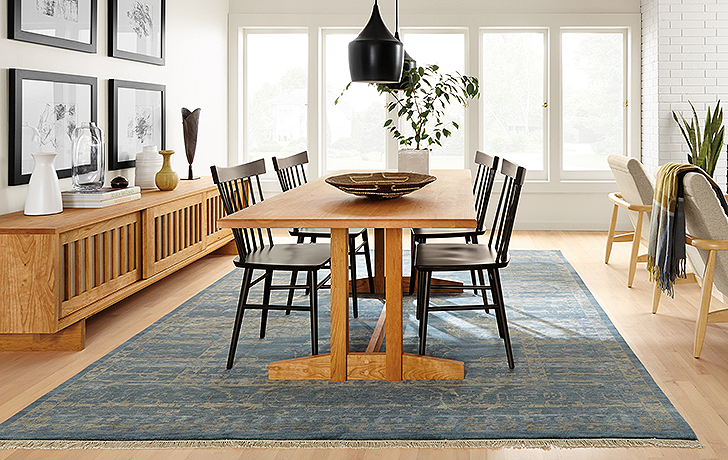 Mixing different types of woods in your kitchen design can add a level of contrast and visual interest to the space. Instead of using the same wood for all your cabinetry and countertops, consider incorporating different types of woods with varying grains and colors. This can create a beautiful focal point in the room and make your kitchen feel more dynamic and inviting.
Mixing different types of woods in your kitchen design can add a level of contrast and visual interest to the space. Instead of using the same wood for all your cabinetry and countertops, consider incorporating different types of woods with varying grains and colors. This can create a beautiful focal point in the room and make your kitchen feel more dynamic and inviting.
Adding Depth and Texture
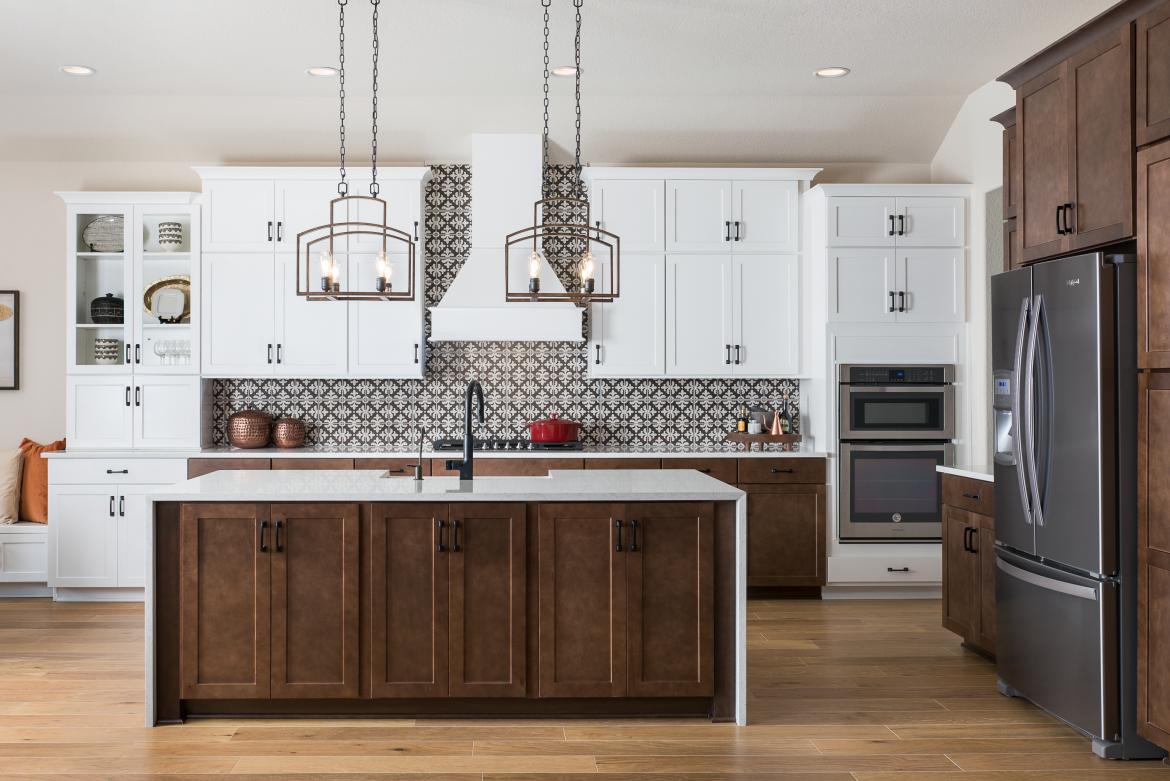 Using a variety of woods in your kitchen design can also add depth and texture to the overall look. For example, pairing a smooth, light-colored wood with a darker, more textured wood can create a visually appealing contrast that adds dimension to the space. Incorporating different textures, such as a glossy finish on one type of wood and a matte finish on another, can also add interesting visual elements to your kitchen.
Using a variety of woods in your kitchen design can also add depth and texture to the overall look. For example, pairing a smooth, light-colored wood with a darker, more textured wood can create a visually appealing contrast that adds dimension to the space. Incorporating different textures, such as a glossy finish on one type of wood and a matte finish on another, can also add interesting visual elements to your kitchen.
Bringing in Natural Elements
/https:%2F%2Fblogs-images.forbes.com%2Fderinghall%2Ffiles%2F2018%2F11%2Fstaprans.design.portfolio.interiors.kitchen.1508999635.0394027-1200x912.jpg) Incorporating different types of woods in your kitchen design can also bring in natural elements that add warmth and character to the space. Wood has a natural and organic feel, making it a great material to use in a kitchen where you want to create a cozy and inviting atmosphere. By mixing different woods, you can create a balance between modern and natural elements in your kitchen design.
Incorporating different types of woods in your kitchen design can also bring in natural elements that add warmth and character to the space. Wood has a natural and organic feel, making it a great material to use in a kitchen where you want to create a cozy and inviting atmosphere. By mixing different woods, you can create a balance between modern and natural elements in your kitchen design.
Customizing Your Design
 Mixing woods in your kitchen design allows you to create a unique and customized look that reflects your personal style. With so many types of woods to choose from, you can mix and match to create a one-of-a-kind kitchen that suits your taste and preferences. You can also play with different wood stains and finishes to further customize the look of your kitchen.
Mixing woods in your kitchen design allows you to create a unique and customized look that reflects your personal style. With so many types of woods to choose from, you can mix and match to create a one-of-a-kind kitchen that suits your taste and preferences. You can also play with different wood stains and finishes to further customize the look of your kitchen.
Final Thoughts
 Incorporating a variety of woods in your kitchen design can have a significant impact on the overall look and feel of the space. From creating contrast and visual interest to adding depth and texture, mixing woods can bring a unique and personalized touch to your kitchen. So, don't be afraid to experiment and have fun with different types of woods in your kitchen design to create a beautiful and functional space.
Incorporating a variety of woods in your kitchen design can have a significant impact on the overall look and feel of the space. From creating contrast and visual interest to adding depth and texture, mixing woods can bring a unique and personalized touch to your kitchen. So, don't be afraid to experiment and have fun with different types of woods in your kitchen design to create a beautiful and functional space.
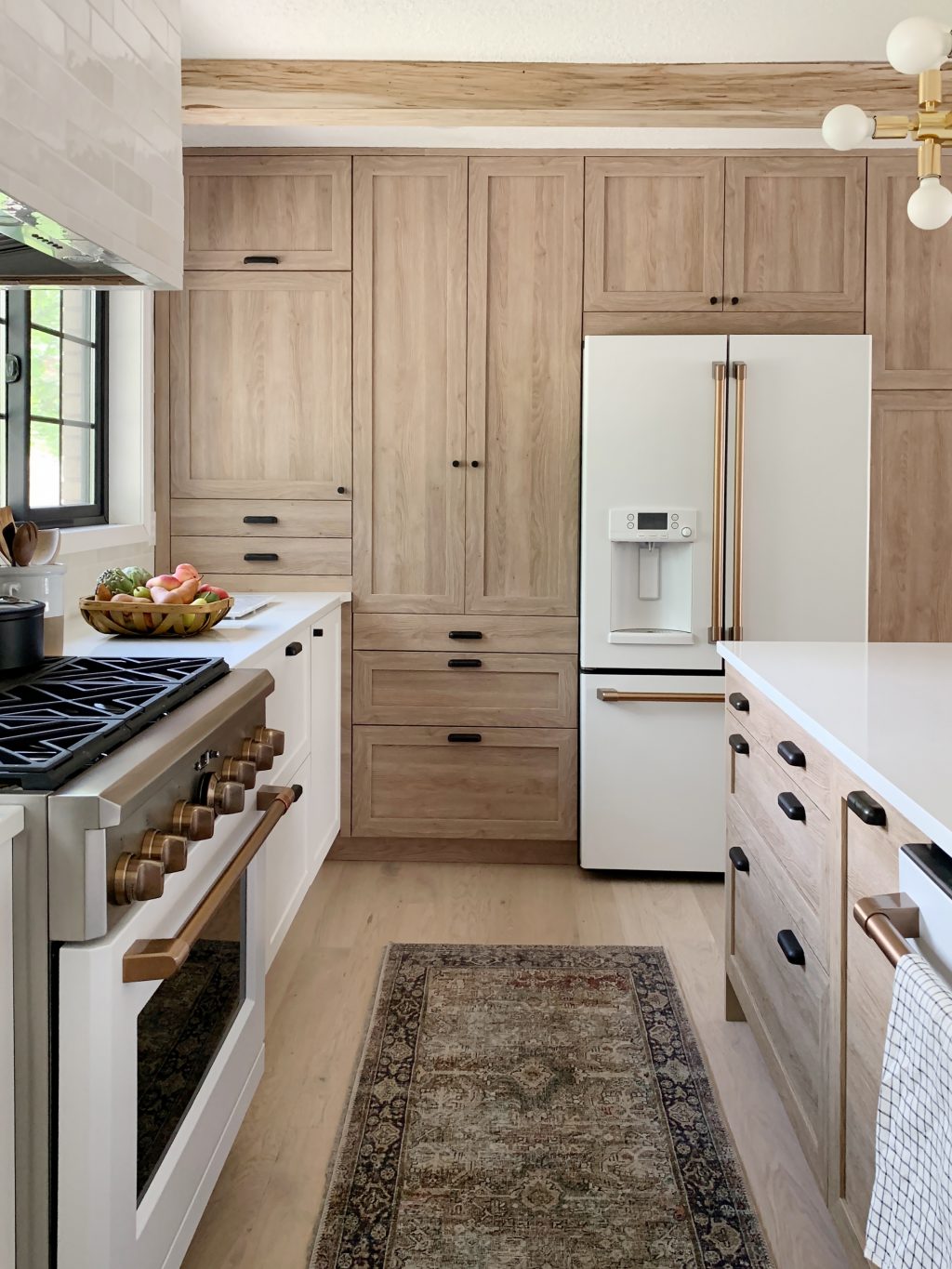

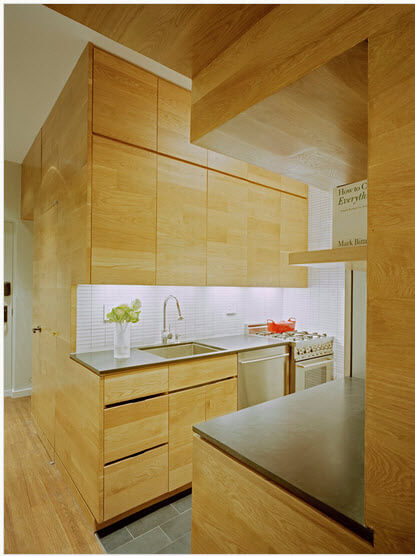
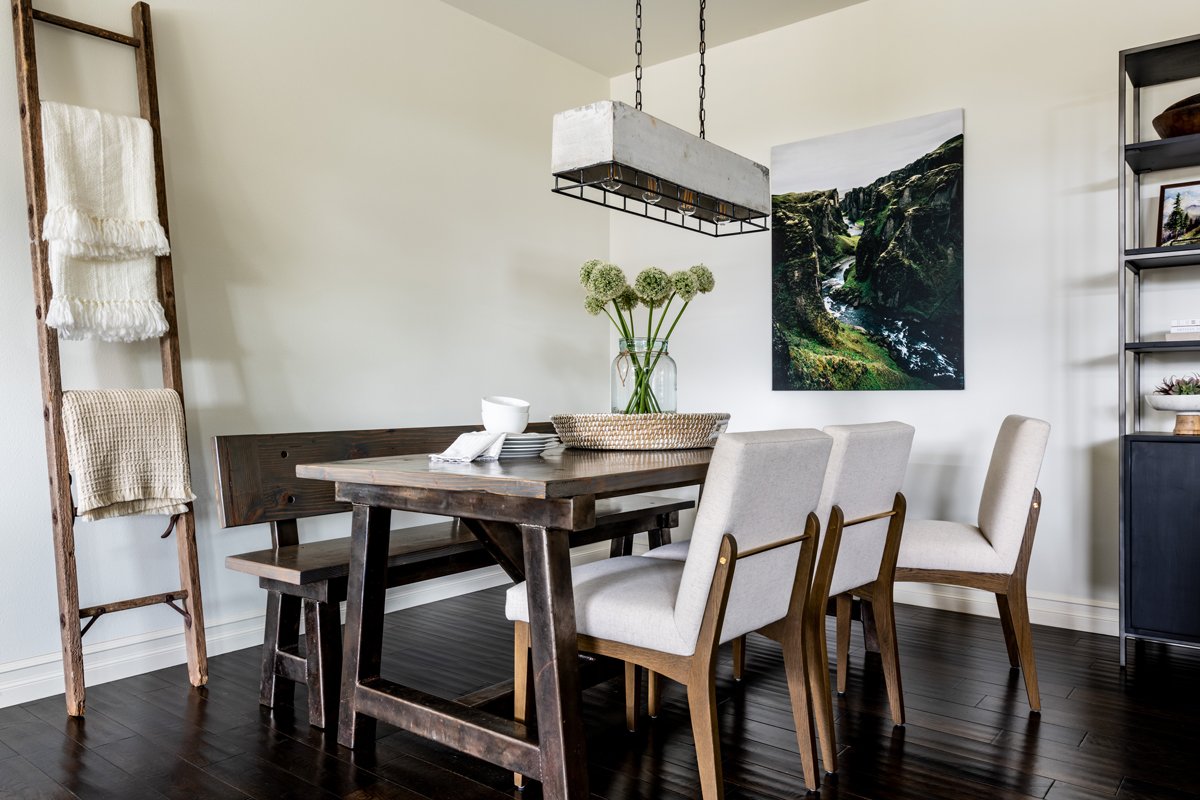

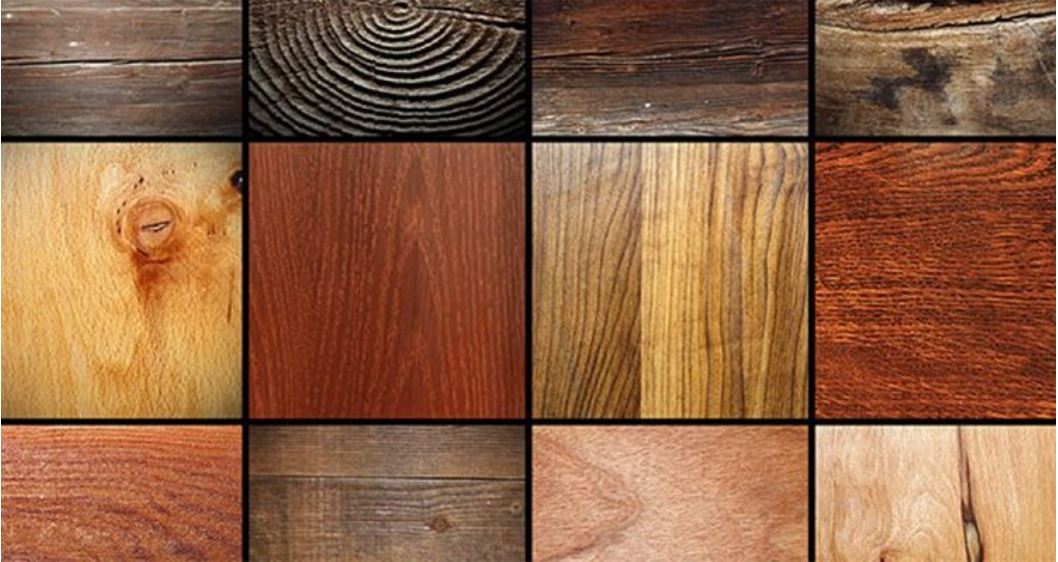





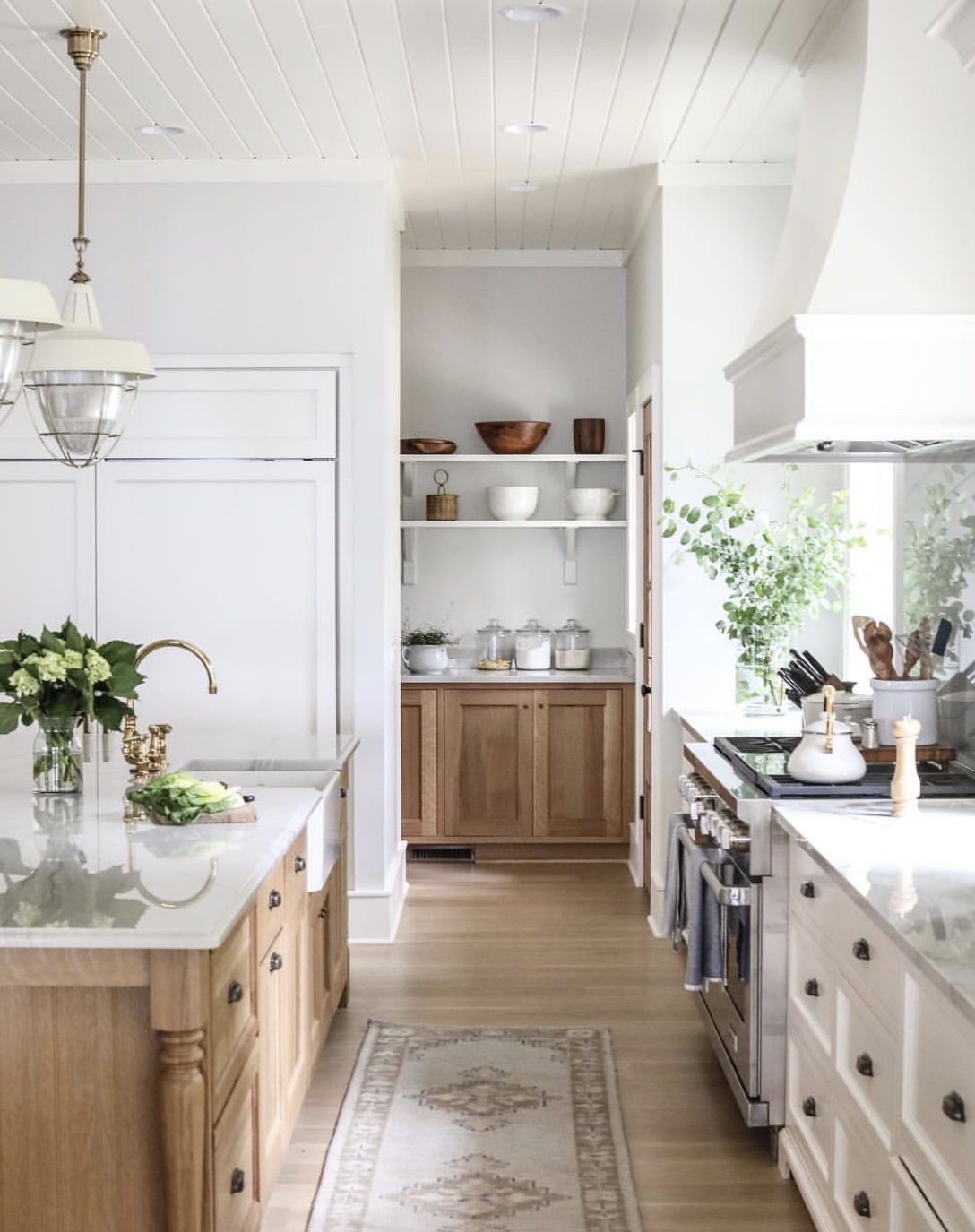

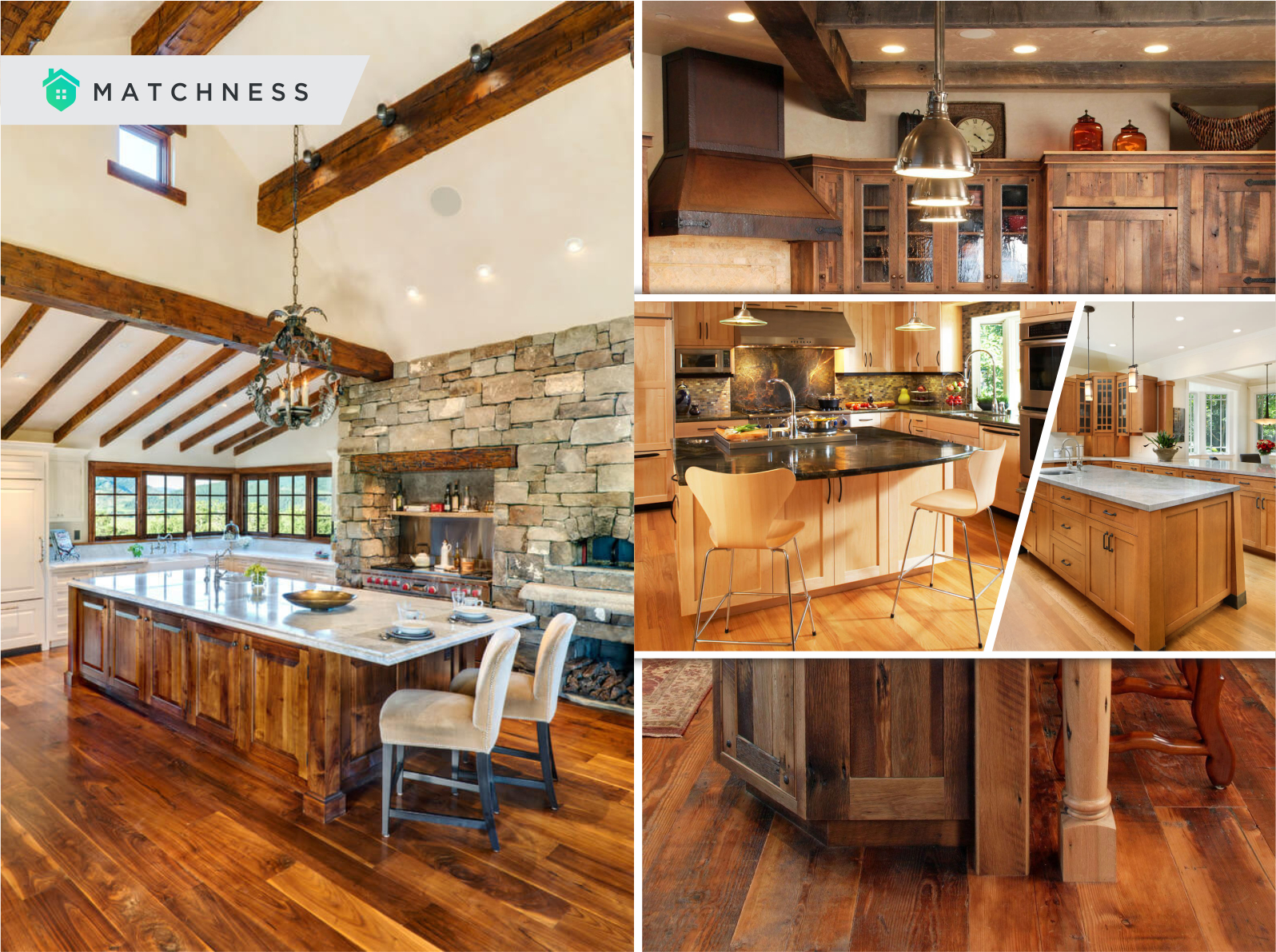



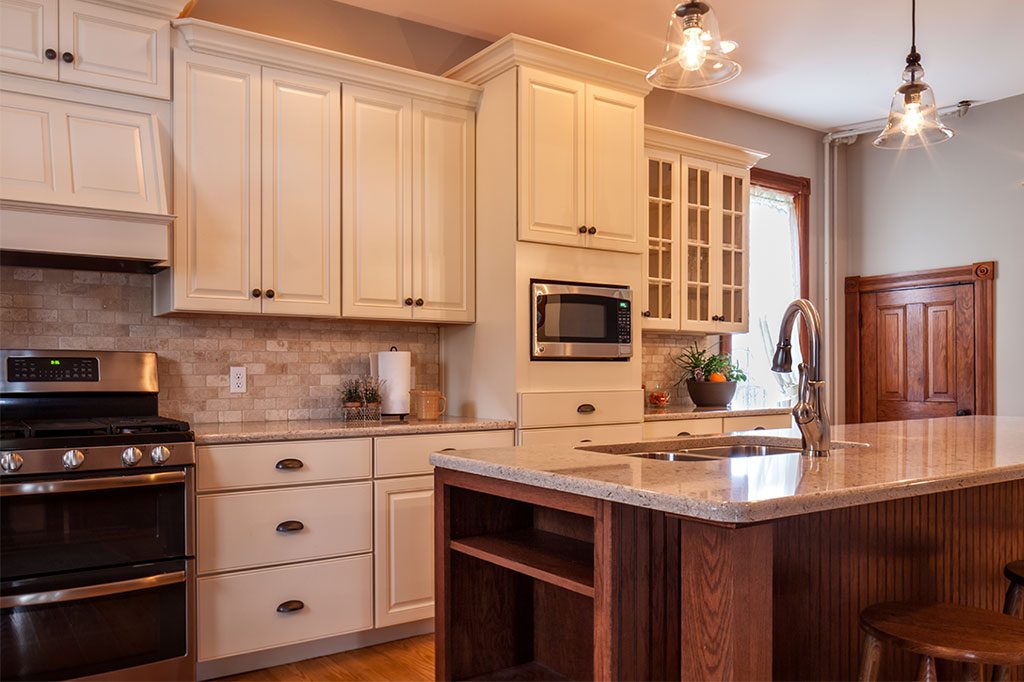
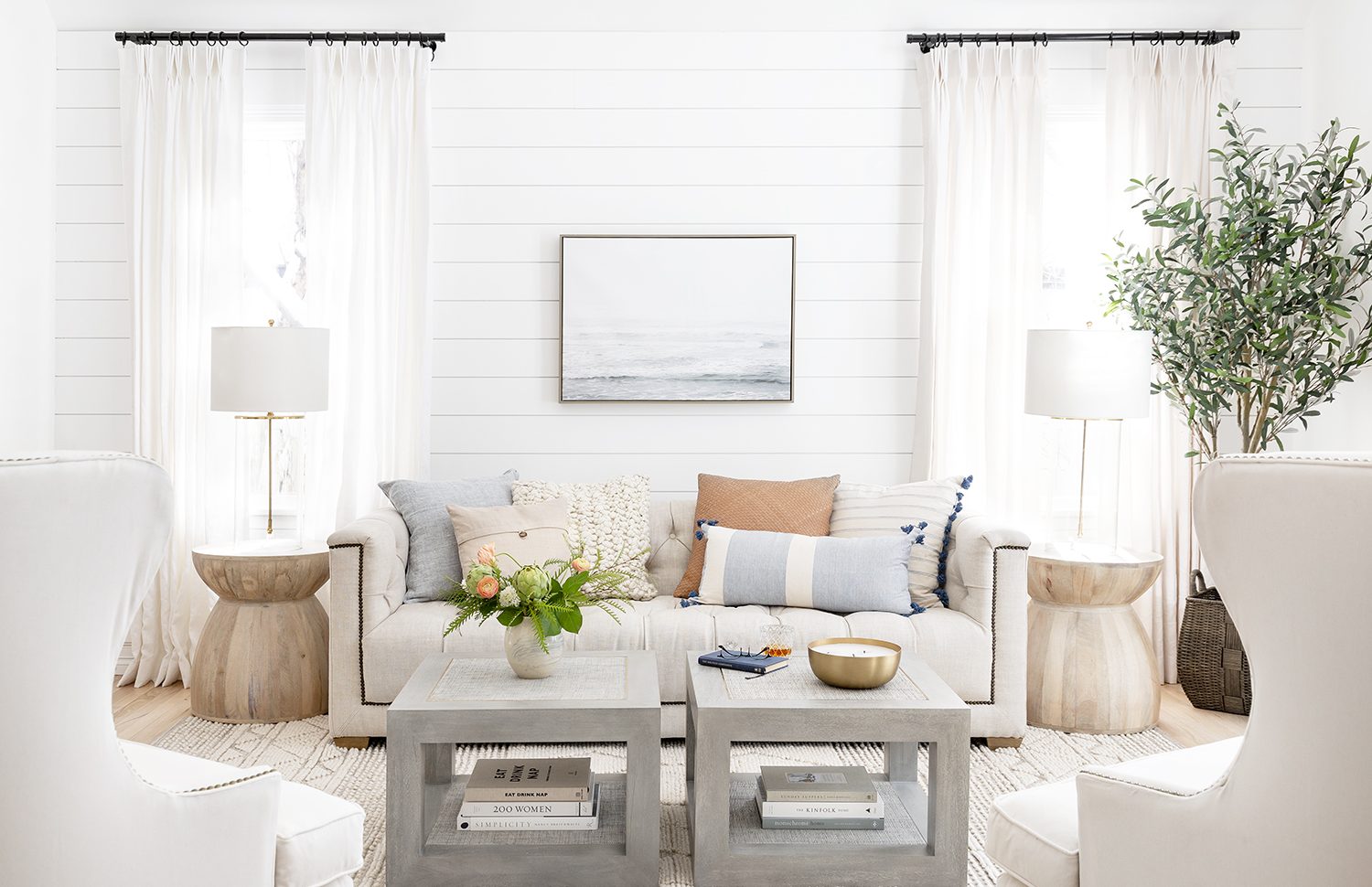




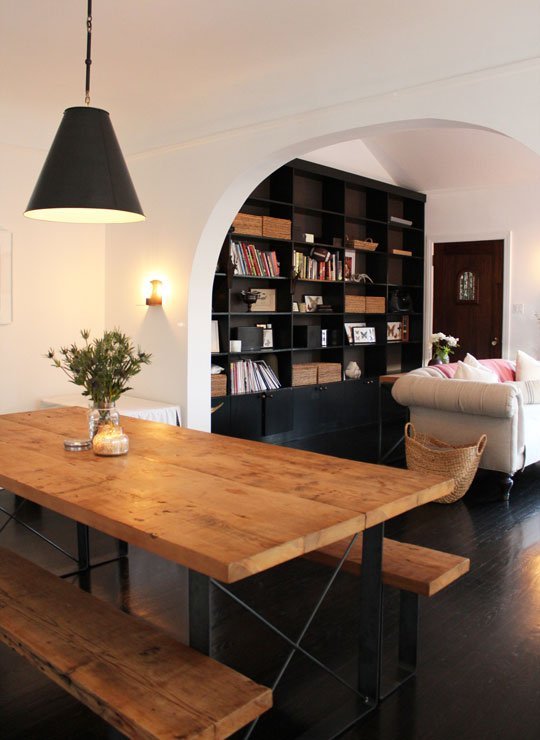
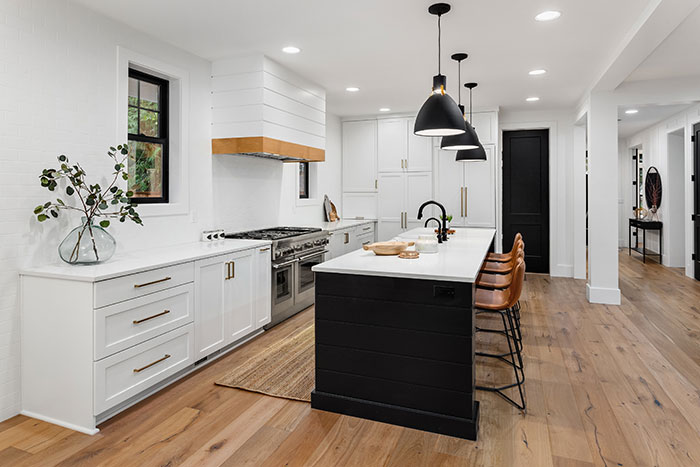





:max_bytes(150000):strip_icc()/ScreenShot2021-02-01at5.58.28PM-a5510c89b43d40b7b8b7c28d0734a209.png)

/fashion-living-room-1149388671-b9fae5e6d807418aa3405bd93e1487cb.jpg)



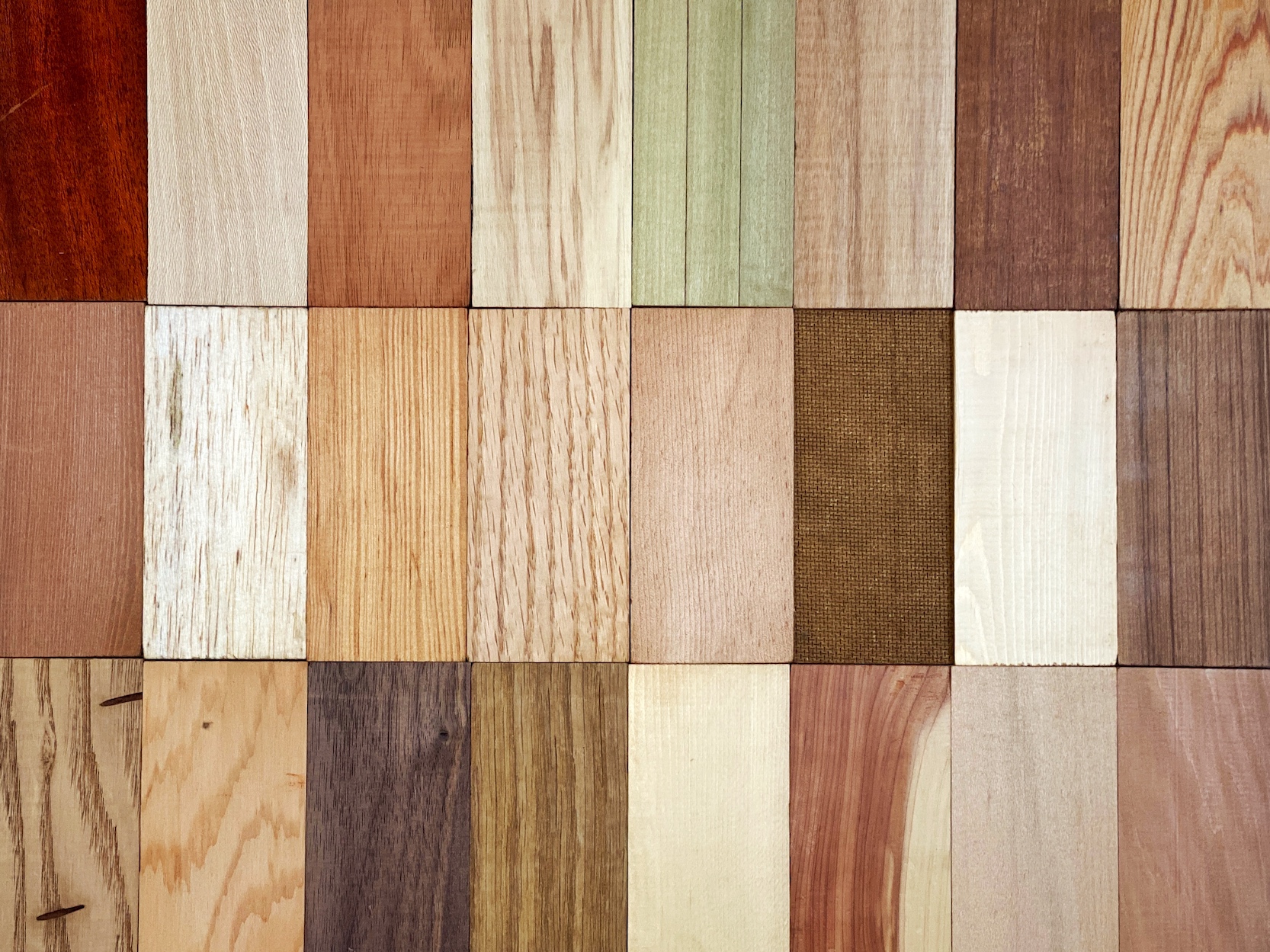









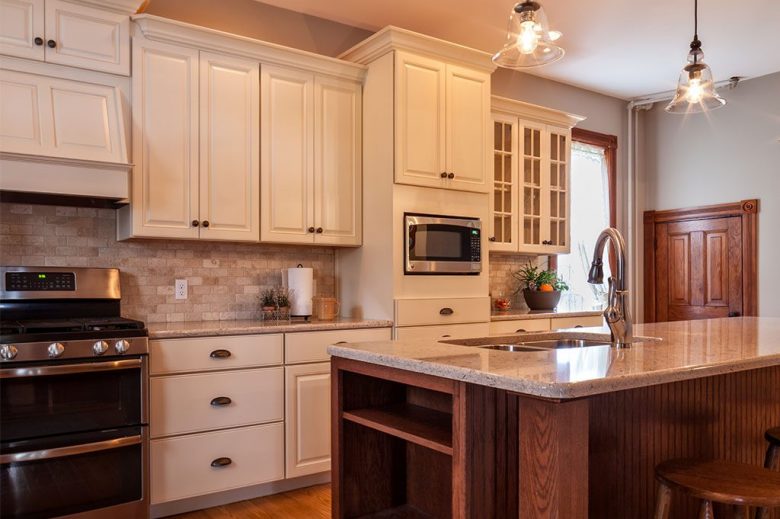












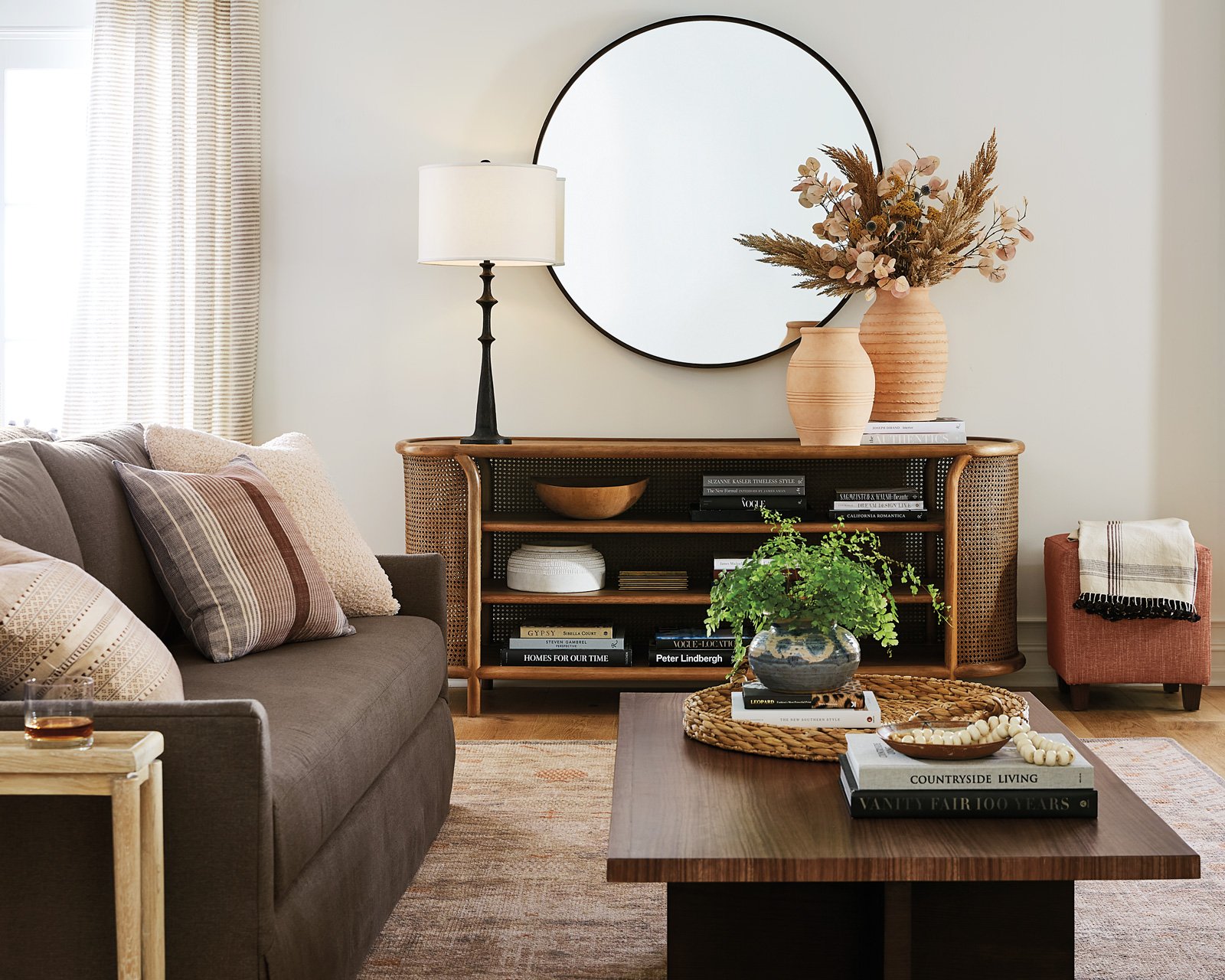


:max_bytes(150000):strip_icc()/Color-Contrast-Chart-59091b973df78c9283e31928-8f0e8f537b1a48d2b8961afa04bc6928.jpg)
/Colorwheel-58d0206f3df78c3c4f45653b.jpg)



